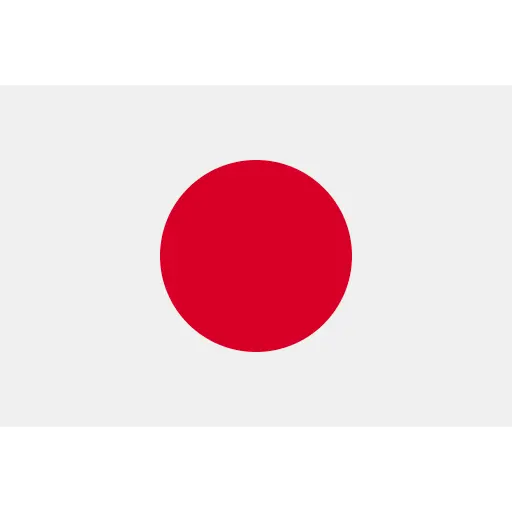Japanese ceramics: Traditional functions of bowls
Japanese ceramics play an important role in Japanese food culture, and each ceramic bowl has its own function. The design varies depending on what the bowl is intended for. Here we delve into some of the most classic Japanese bowls and their uses.
Ramen bowls (Ramen-bachi)
Ramen bowls are large and deep, allowing for space for soup, noodles, meat, and vegetables. They typically have a wide opening for easy eating with chopsticks, and a round bottom that keeps food warm longer.
Rice bowls (Gohan-chawan)
Rice bowls are smaller than ramen bowls and have a rounded shape with a small foot that insulates the heat so that the bowl can be held in the hand. They are primarily used for steamed rice, but can also be used for snacks or soup.
Matcha bowls (Chawan)
The matcha bowl is used in Japanese tea ceremonies. It is wide and has a flat bottom, which makes it easy to whisk the matcha powder into an airy foam in the bowl. In Japan, people also drink their matcha directly from the bowl.
Soy bowls
Soy bowls are small and shallow, designed to hold soy sauce for sushi, dumplings, and other dishes that need dipping. They often have simple, elegant patterns and a smooth glaze, making them easy to clean.
Bowls can be used for everything
Although Japanese bowls each have their own traditional function, there are no rules for how you use them. A ramen bowl can easily be used to serve Danish boiled potatoes, a matcha bowl can be perfect for breakfast, and a rice bowl can also be used for snacks or jewelry. The most important thing is that you find joy in your ceramics – no matter what you use them for. Find our full selection of Japanese ceramics here .


















